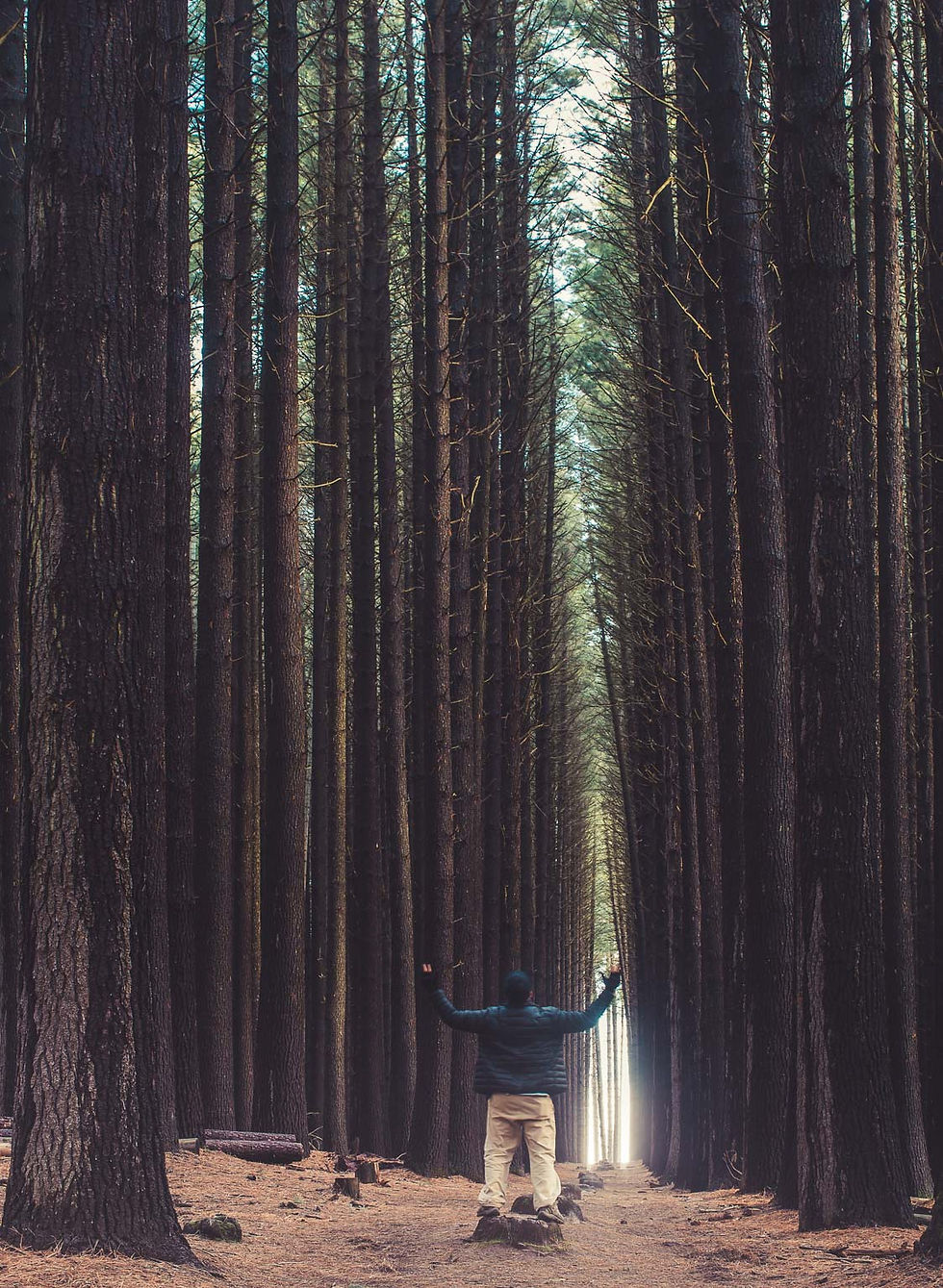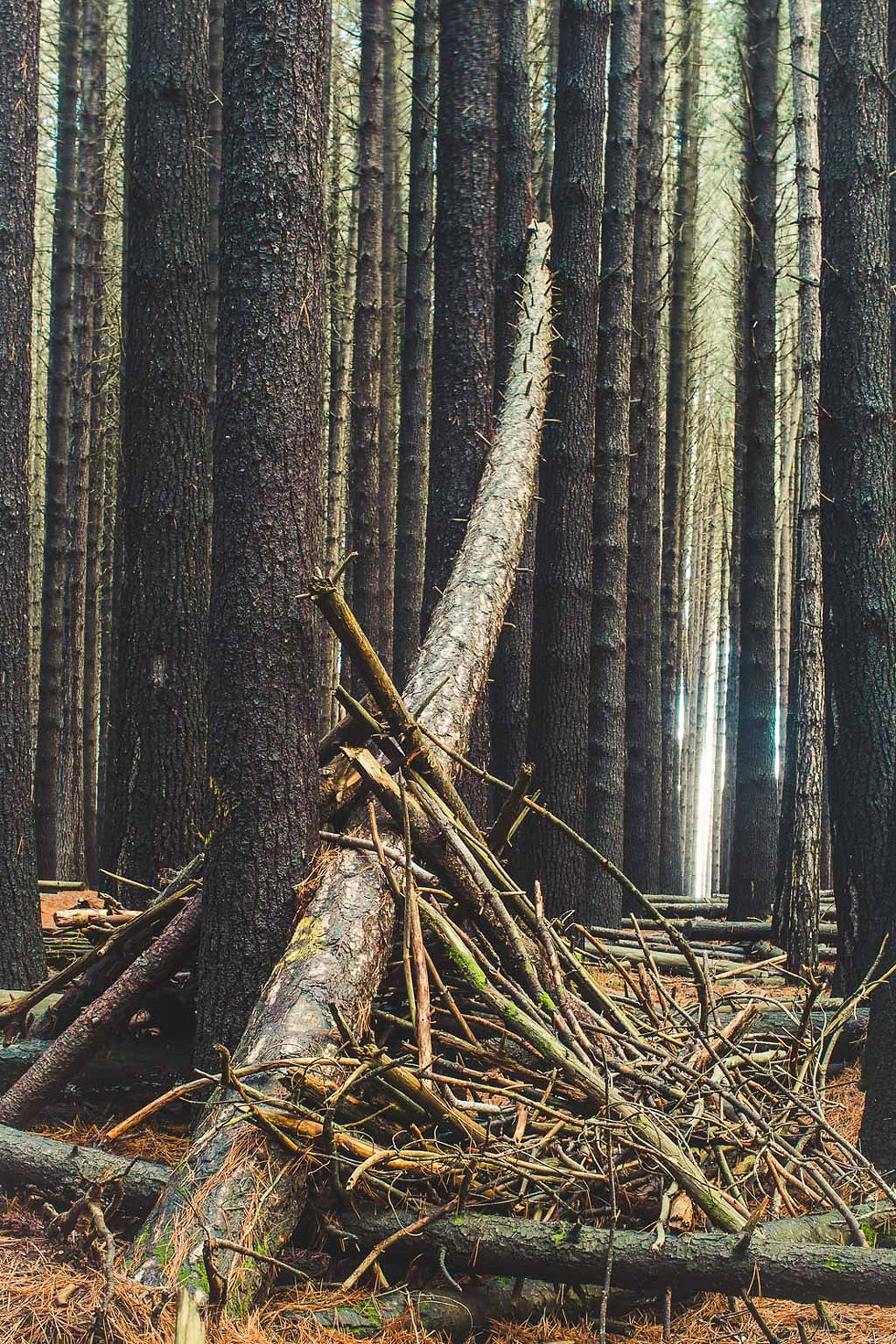Weekend roadtrip
Shooting Laurel Hill forest and the Canola fields

On Tuesday last week I got a call from a photographer friend @johnnyjam1 to go on a road trip five hours from Sydney. Our goal was to shoot the famous Sugar Pine forest. The drive to Laurel Hill where the Sugar Pine forest is located is a similar distance from Melbourne, which makes it a perfect half way point between the two cities. Staying close by in the sleepy village of Batlow will give you easy access to the forest which is only 15 minutes away.
We usually get to a location the afternoon before to scout where and how we will shoot a sunrise. The Sugar Pines at Laurel Hill can be found off Kopsens Road, 15 minutes drive from Batlow. We stayed at the Apple Inn which was comfortable and affordable.

First planted in 1929, the sugar pines are the straightest and tallest pine in the world. Looking up it can be quite disconcerting to see them swaying in the wind ready to snap and fall at least 50 feet. Sugar pine is the largest, in height and diameter, of all pine species. The wood of sugar pine is valued for its workability, dimensional stability, and satiny sheen after milling.
With snow predicted to fall we were excited to capture the snow flakes dropping for the perfect ambient shot. Unfortunately, the weather turned to clear skies. Nevertheless, it was awesome to get out of town and shoot for myself.

Wounded trees of this species secrete a sugary exudate which gives rise to the common name. Sugar pine's large cones yield large edible seeds.These pine trees can grow to 200 feet tall with a trunk diameter of 5 feet.
On our second day we decided to go to Coottamundra for a change of scenery to shoot the Canola fields. They are only the famous yellow colour for a short period in late winter/spring.
Canola Fields

The Canola fields are located on Old Gundagai road, and Rosehill and Jugiong roads near Cottamundra.
From germination to seed production, the life cycle of a canola plant takes about 3 ½ months, depending on temperature, moisture, sunlight and soil fertility. I'm not sure how much longer we will see these yellow landscapes with recent changes in the weather, but regardless, make sure you visit in late winter/spring to see them at their best.

Flying overhead you're likely to see planes spraying the fields. Because the term “crop dusting” automatically brings to mind the image above, today’s pilots generally prefer the term “aerial application” or “ag application.” Regardless, these guys are really well trained and watching them in action from a distance is quite a spectacle. However I suggest you steer clear as the chemicals they drop are quite toxic and should not be breathed in!

My Travel Kit
I always try to travel very light and limit myself to two prime lenses. On this trip I decided to bring my Canon 5D Mark III, Carl Zeiss 18mm & Canon 50mm f1.2L lens. I have a Sirui T024X carbon fibre tripod and Nisi Filters (10 stop, PL & 3 stop reverse soft grad).
I also bring my 13 inch mac book pro and Lacie Fuel Drive. My Bamboo Wacom tablet also works a charm for editing with LR, PS and Nik. Little extras like a headlamp, small reflectors and Samsung S8 also come in handy for behind the scenes footage. My mate brought along his DJI Mavic to get some drone footage in both locations.
Alfonso Calero is a Sydney based photographer. See more of his work at alfonsocalero.com





















